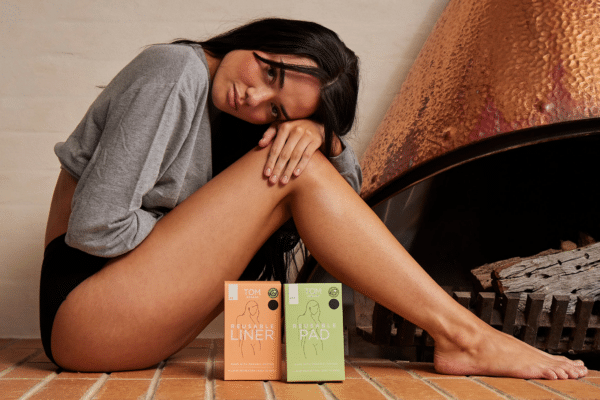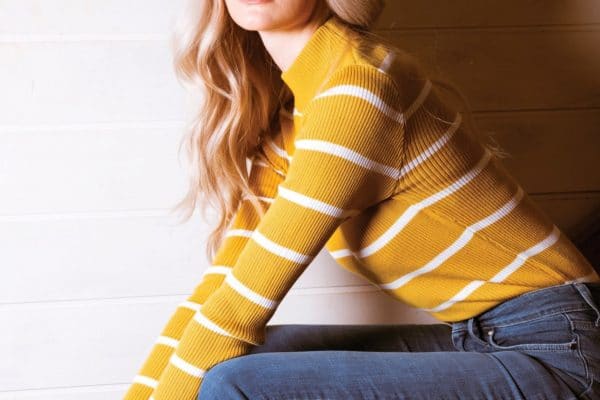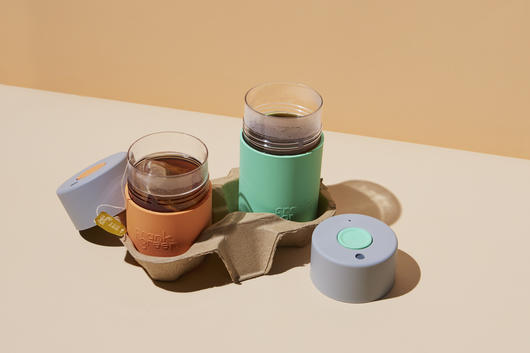In fashion, from seed to finished garment, every piece of clothing made is part of what’s called a supply chain. Cotton, for example, is grown, spun, woven into fabric, dyed, cut, manufactured, and transported, all the steps taken along a fashion supply chain needed for that cotton tee to reach the retail shop floor ready for you to buy.
So when we talk about ethical fashion, what we are really looking at is a supply chain.
“All the process and inputs that are needed to produce a product make up its supply chain. This includes all the raw materials, all the workers and all the transport used to get a product into a store.” – Ethical Consumer
Image via Maggie Marilyn
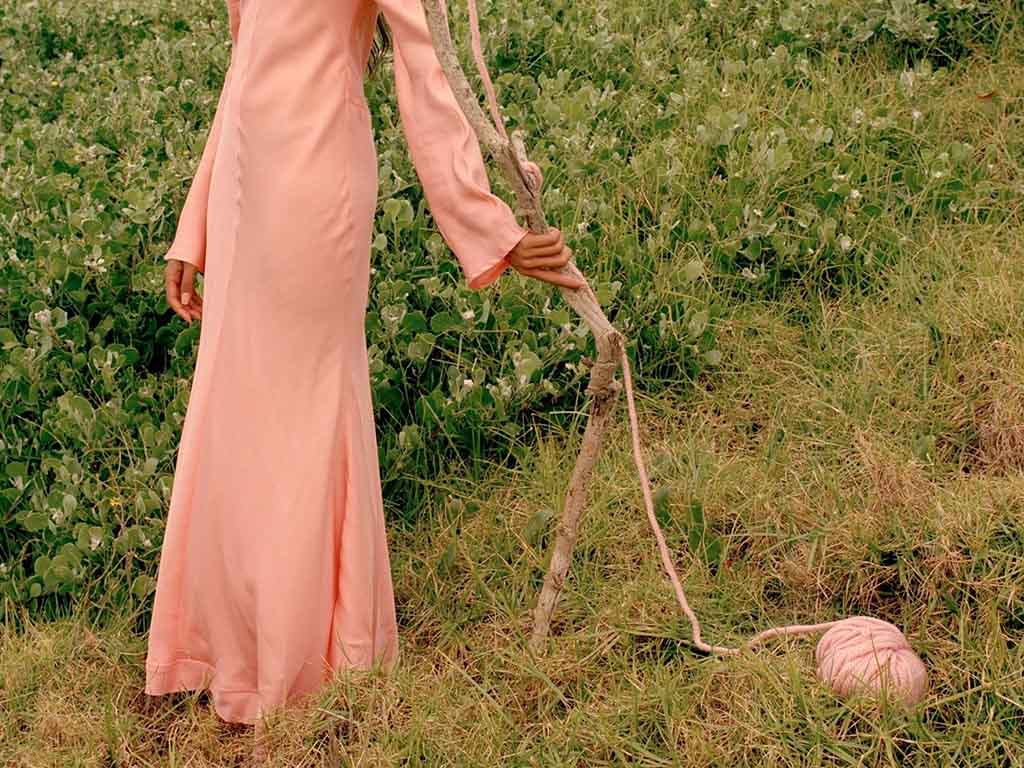
More specifically, we’re looking at every process involved in the creation of a garment, shoes, bags, jewellery, and how people at each stage of this supply chain are treated.
The part of the supply chain that has gained the most public awareness and understanding, is the final stage, where clothes are cut and sewn.
This awareness is largely thanks to the work of films like The True Cost documentary, Fashion Revolution’s #WhoMadeMyClothes movement, and Oxfam’s ‘What She Makes’ campaign.
These are pivotal parts of the ethical fashion movement, which pushes for a kinder fashion world by educating consumers, encouraging them to ask brands questions, insisting on transparency around garment workers treatment, and demanding a living wage.
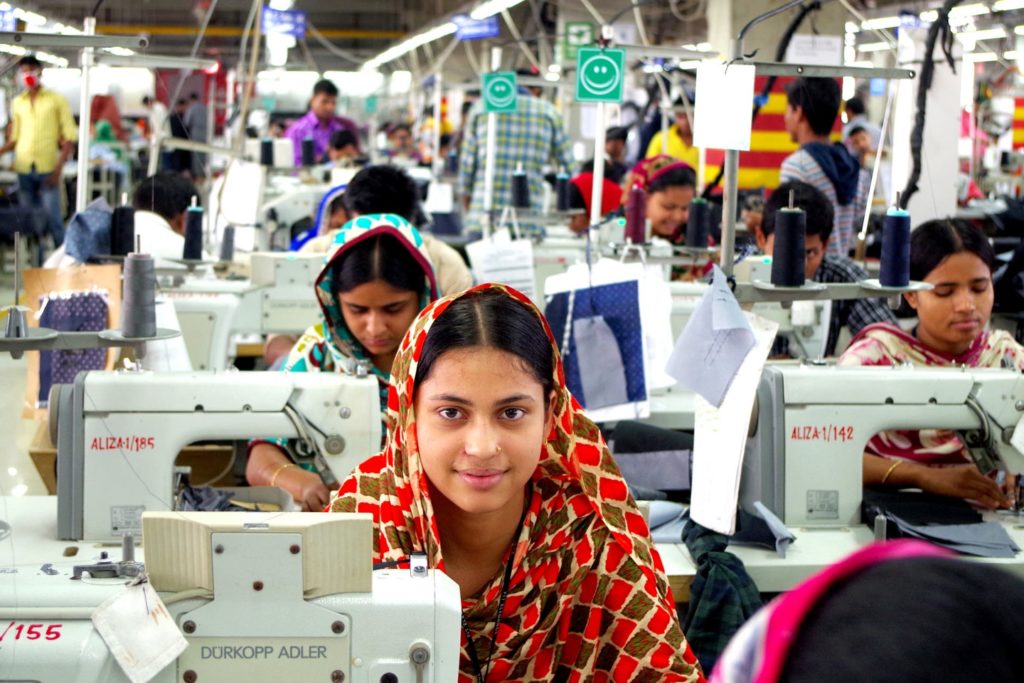
Workers at a garment factory in Gazipur, Bangladesh. Women make up the overwhelming majority of the workforce in Bangladesh’s garment industry. Image: Solidarity Center, CC BY 2.0
Let’s break it down
Who is a garment worker, and where are they?
The vast majority (85%) of people employed to sew and make garments are women. The three largest garment-producing countries, sewing enormous amounts of clothing for the Western world, are China, Bangladesh, and India. These are three countries that have a high prevalence of ‘sweatshops’. (It is worth noting, garment manufacturing in these countries is not inherently bad, but a hugely significant amount is.)
A sweatshop is a manufacturing facility where workers endure long hours of underpaid work, in poor and unsafe conditions. Sweatshops violate labour rights, such as the right to refuse unsafe work, the right to a fair income, and the right to strike if worker’s rights are not met.
Many garment workers, despite their long hours, dedication, and skills, are not paid enough money to meet their basic living needs like shelter, food, and water.
In 2018, Bangladeshi garment workers were paid 39 cents an hour. It’s not only so-called ‘developing’ countries that have a problem with underpaying garment workers, this human rights violation is also prevalent in the United States and Australia.
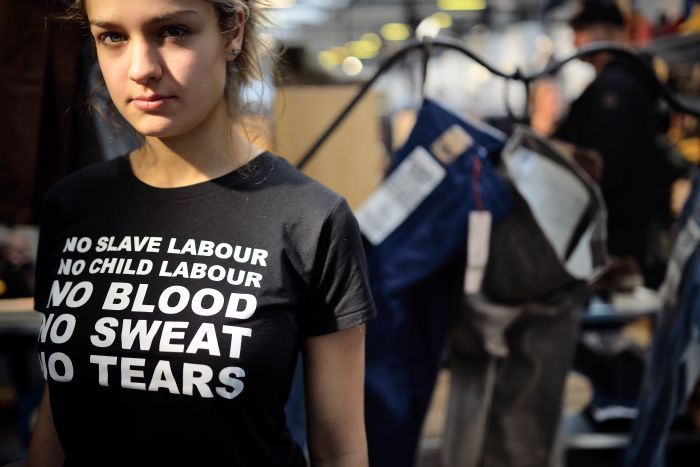
Via Trusted Clothes
So how do you know if something is made ethically?
The very first thing to look at is price.
If you’re in a store and see a $5 top, consider how it’s possible that something can be that cheap. What did the fabric cost? How long would it have taken to sew, and what would that garment workers hourly pay have been? What would the brand be making on top of that?
These are just a few things to consider.
Lucy Siegle, environmental journalist and author of ‘To Die For: Is Fashion Wearing Out the World?’, once said that
‘fast fashion isn’t cheap. Someone, somewhere is paying for it’.
This is absolutely true, when clothing cost less than a takeaway lunch, there’s a problem.
Expensive does not equal ethically made
But something being expensive doesn’t mean it’s ethical, either.
We saw this recently, when garments workers for luxury athleisure brand Lululemon were found to be regularly abused and beaten. The leggings these women were making cost $129.
So if low cost is a warning sign, and high cost isn’t a green tick, what is?
The biggest thing to seek out is transparency. If a brand has worked hard to ensure their supply chain is ethical, they’ll be proud of it!
Most ethical brands will have a section of their website which will explain how everything behind the scenes works. The more information the better: pictures, video, plenty of direct information.
It’s important that when looking at information like this, you remember it is written by the brand itself, so of course, it is going to make a brand look good.
For this reason, certifications by third-parties are really great tools. Ethical Clothing Australia, for example, accredits brands. There are websites and apps that rate brands such as Good On You and Baptist World Aid, which are great to keep bookmarked for future shopping reference.
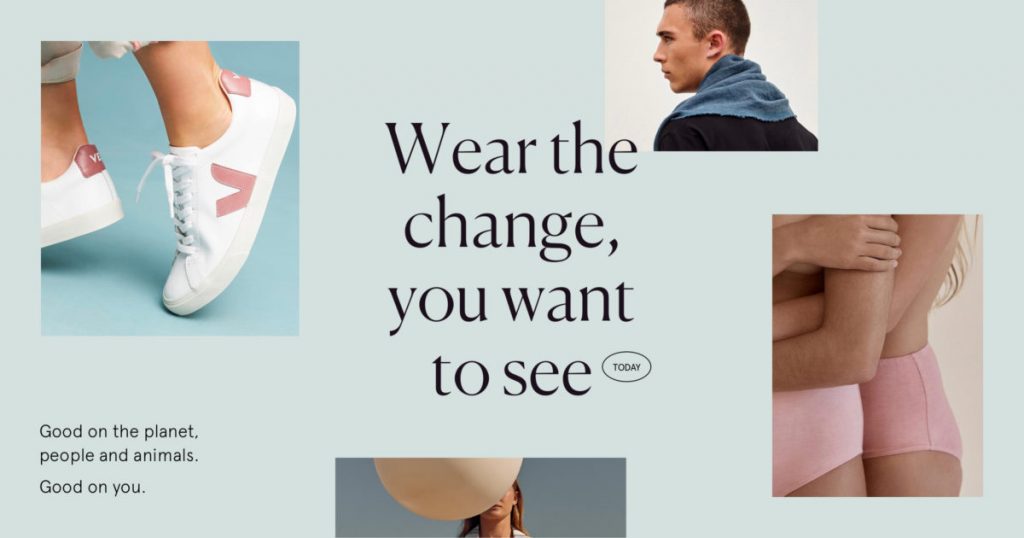
Image via God On You
Ask questions
The most important thing you can do is ask. Send an email!
Again, brands that have nothing to hide will proudly send you more information if you ask them specific questions.
- Who made my clothes?
- Where are they made?
- What protections do your workers have?
- What are they paid, is it a livable wage?
- Do you have evidence of this?
These are important questions, and brands that think so too won’t give you a vague, short or wishy-washy answer. They’ll tell you more specific information, or they’ll send you links or documents you can look at to learn more.
When we buy clothing that’s made unethically, we are keeping garment workers – we are keeping women, in poverty and in unsafe conditions.
Next time we buy clothes, shoes or jewellery, let’s promise to ask questions, to do our research, to shop compassionately. Let’s promise to choose ethical. Choose a local brand, an independent designer, a vintage or second-hand piece, an accredited or well-rated ethical business’s garments.
What we buy makes a difference, let’s make it a good one.
